10 Prehistoric Birds That Are Thankfully Extinct
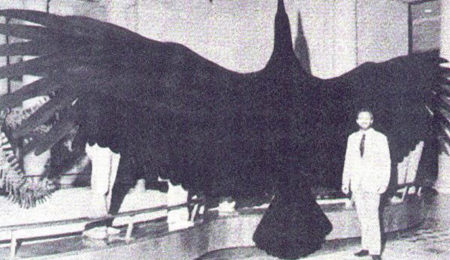
Millions of years ago, Earth was quite a dangerous place. Everything from huge dinosaurs to giant centipedes roamed in full glory. If humans of our size existed during those times, they would probably be relatively equivalent to the size of present-day ants as compared to the prehistoric creatures.
So, it comes as no surprise that even birds of those days are the stuff that our nightmares are made up of. Thankfully, none of those giant prehistoric birds exists now. Just to remind how big and dangerous they were, here is a list of ten such prehistoric, carnivorous birds that are now thankfully extinct.
1 Pelagornis sandersi – largest prehistoric bird, wingspan twenty to twenty-four feet
Pelagornis sandersi was the largest flying bird known to have lived on Earth. It had an estimated wingspan of twenty to twenty-four feet which is more than twice the size of the largest living, flying bird. The fossil was first unearthed in 1983 near Charleston, South Carolina. It was named Pelagornis sandersi in honor of retired Charleston Museum curator, Albert Sanders, who led the team that did the fossil’s excavation.
This extinct seabird was an apex predator and used to fly over the ocean to catch its prey. It was an incredibly efficient glider. Its long, slender wings helped it stay aloft despite its enormous size. To catch its prey, Pelagornis sandersi possessed a beak with bizarre, tooth-like spikes. These spikes, also known as pseudo-teeth, lined their upper and lower jaw. They were conical and pointed and were used to pierce the body of the prey which consisted primarily of fish and squid.(1,2)
2 Argentavis – one of the biggest prehistoric birds, wingspan 16.7 – 19.9 feet
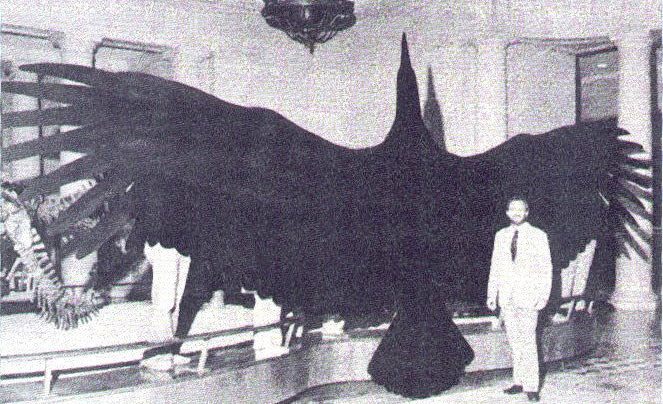
Before the discovery of Pelagornis sandersi, Argentavis magnificens was hailed as the largest flying bird to have ever existed. Also known as the “giant teratorn”, Argentavis had an estimated wingspan of 16.7–19.9 feet. Fossils of this extinct species have been obtained mainly from central and northwestern Argentina.
Argentavis lived and searched for food in territories measuring probably more than 500 square kilometers. It was more of a scavenger than a predator. It is possible that it usually chased other carnivores and consumed their kills. Argentavis had a large slender bill with a hooked tip and a wide gape.
When hunting actively, Argentavis swooped from high above down onto their prey, grabbed, killed, and swallowed it without landing. Its skull structure suggests that it ate most of its prey whole rather than tearing off the flesh into pieces.(source)
3 Pelagornis Chilensis – flying bird, wingspan seventeen feet
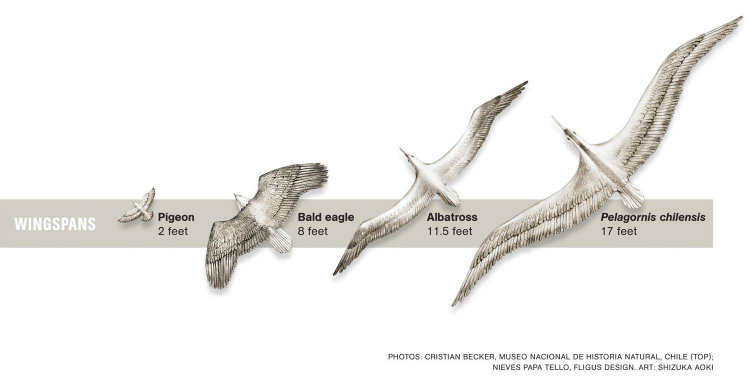
Pelagornis chilensis was part of a prehistoric group known as the “bony-toothed birds” which existed between five and ten million years ago. It used to soar above the ocean and mountains of what is now Chile. This pseudo-tooth bird had a wingspan of sixteen to seventeen feet.
The only known fossil specimen of Pelagornis chilensis was discovered by an amateur collector in the Atacama desert at a site near El Morro. The fossil shows there are twenty tooth-like bone extensions (pseudo-teeth) on the bill. The giant bird used these pseudo-teeth to snatch fish and squid from water’s surface and swallow them whole.(1,2)
4 Teratornis – flying bird, wingspan eleven to twelve feet
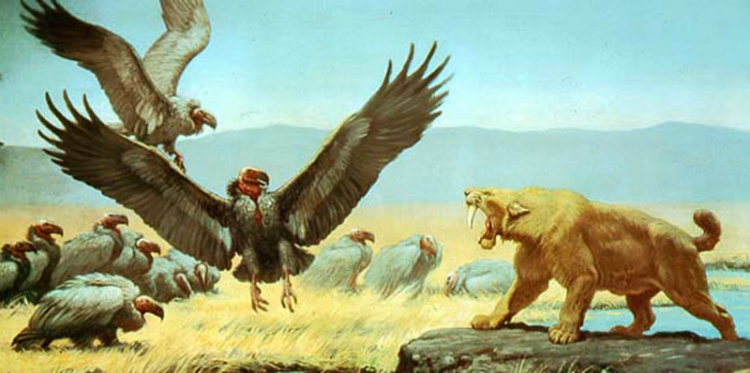
Teratornis was a huge North American bird of prey. Fossils of more than one hundred individuals have been found in California, Oregon, Arizona, Florida, and southern Nevada. With a wingspan of eleven to twelve feet, this prehistoric bird stood thirty inches tall.
Teratornis preyed on creatures up to the size of a small rabbit and swallowed them whole. It used its feet to hold the prey while it tore off and ate pieces. But, the grip was not as forceful as many other birds of prey. Teratornis merriami became extinct at the end of the Pleistocene, some 10,000 years ago. (1,2)
5 Haast’s eagle – flying bird, wingspan 8.5 feet to 9.8 feet
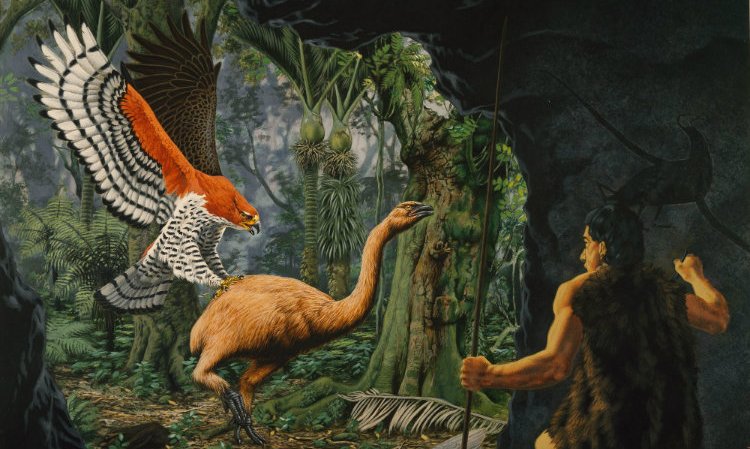
Haast’s eagles were one of the largest known true raptors. In length and weight, Haast’s eagle was larger than the largest living vultures. Haast’s eagle was first described by Julius von Haast in 1871 from remains discovered by F. Fuller in a location that was a former marsh. The species was the largest eagle known to have existed even in those times. This large bird lived in the South Island of New Zealand and became extinct around 1400 CE.
Haast’s eagles preyed on large, flightless bird species. It even preyed on the moa which was up to fifteen times the weight of the eagle. Attacking at the speed of up to eighty kilometers per hour (fifty miles per hour), it seized the prey’s pelvis with the talons of one foot and killed it with a blow delivered to the head or neck with the talons of the other foot. Its striking force was equivalent to a cinder block falling from the top of an eight-story building. The large beak was used to rip into the internal organs of its prey, causing it to die by blood loss. (source)
























